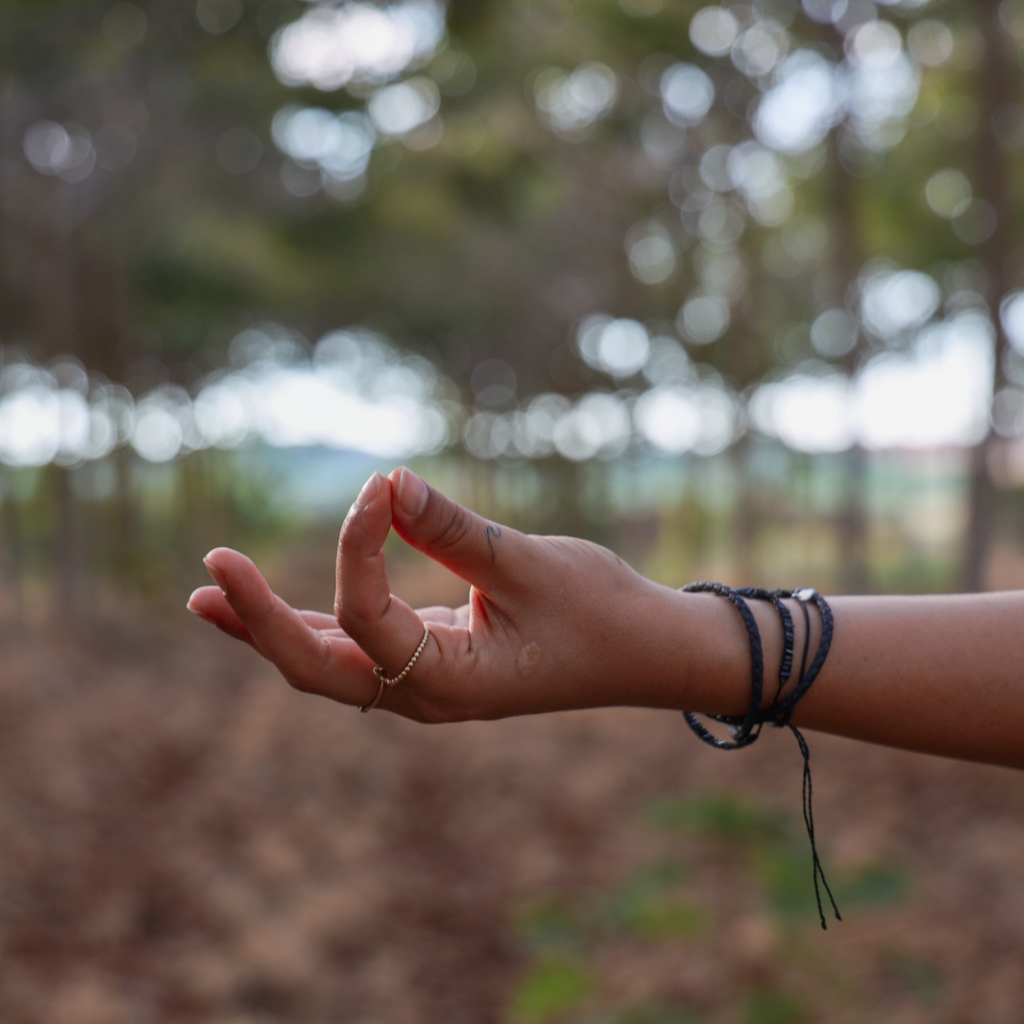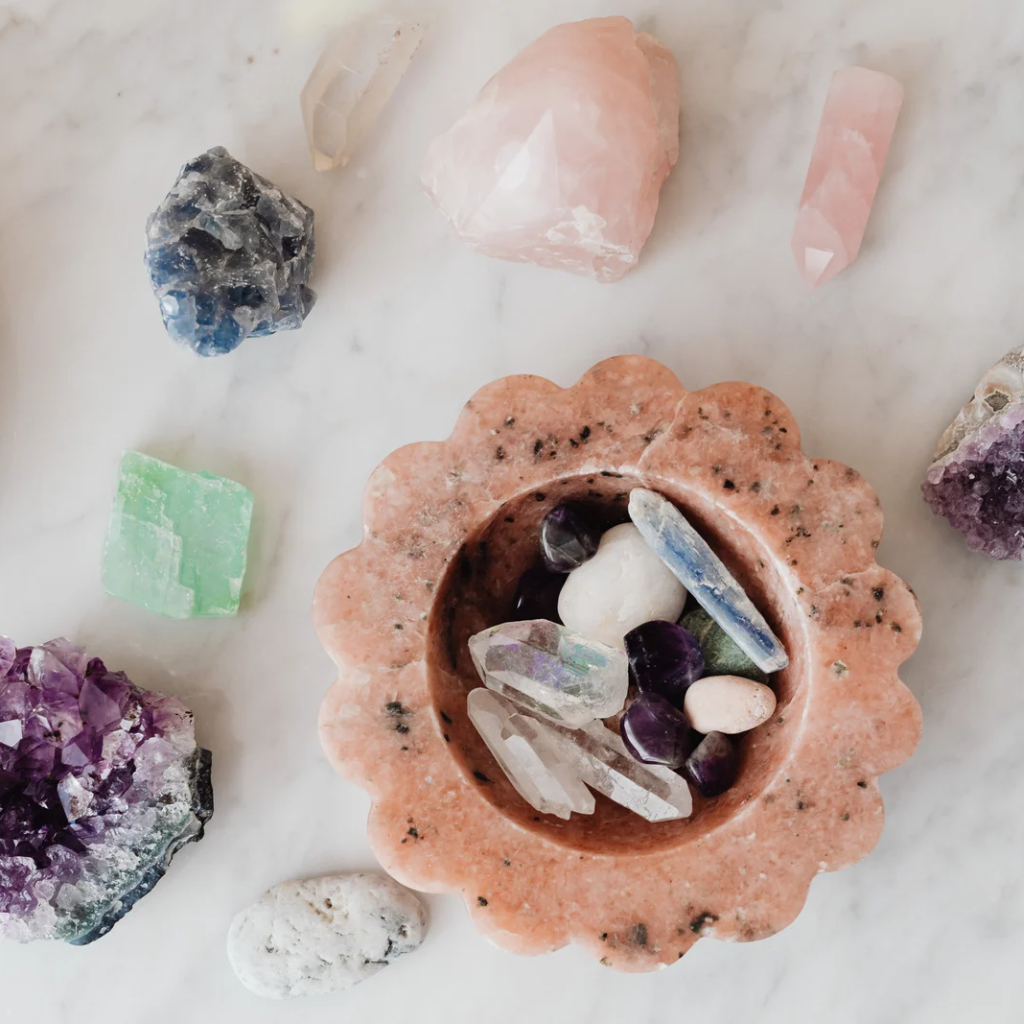Yoga Nidra To Help With The January Blues
January left you feeling a little low? Maybe those New Year's resolutions aren't going as planned, or perhaps it's those winter blues. Whatever the reason, you're too incredible to spend your precious time feeling disspirited, or not your best! Yoga Nidra may be a powerful ally in getting you back on your feet and thriving once again.
What is Yoga Nidra?

Yoga Nidra (also known as yogic sleep) is a technique that guides you into powerful relaxation, where you dwell in a state between sleeping and consciousness. It differs from traditional meditation which is normally experienced in the 'waking state' and associated with Beta and Alpha waves. Yoga Nidra allows you to move beyond these states and offers a window into your unconscious mind - whilst you remain fully conscious!
Benefits:
Yoga Nidra increases relaxation, which reduces stress and its symptoms. Anxiety, a poor immune system, and digestive issues can all be reduced by Yoga Nidra. It also provides you with tools to really get to know yourself, which can never be a bad thing. Hello self-growth!
Yoga Nidra can help with insomnia and issues sleeping as it is a powerful form of relaxation. Practicing before bed can also induce lucid dreaming and astral projection! People who regularly practice Yoga Nidra generally feel less stressed, and are therefore much more proactive when facing and dealing with the challenges of daily life.
How To Practice:

Many people like to follow a guided meditation, but if that's not for you, we have included a step-by-step guide.
Prep: Creating a comfortable, warm space is important, whether that's your bed or on your mat. Get cosy!
-
Choose an intention. When you're ready, lie flat on your back, with your arms stretched out by your sides (or whatever feels comfortable). Place a pillow or folded blanket behind your neck for support, and another under your knees for added comfort.
-
Close your eyes.
-
Repeat the clear intention you chose in Step 1 as many times as you need.
-
Take a couple deep breaths: inhale for 4 and exhale for 6.
-
Bring your awareness into all parts of your body, limb by limb, in fairly quick succession. You can start with one side, or do both at the same time.
Scan from your toes, through your feet, legs, pelvis, belly, chest, shoulders, down your arms into your finger tips. Then bring this awareness up your neck, into your head, paying attention to both the left and right sides of your brain and focusing especially on your third eye area (between your brows) and your crown chakra (ron top of your head). Make sure you really focus your whole attention on the resting sensations of each body part.
- Bring awareness to your body as a whole entity.
- Repeat Step 5 on the other side, ending with the full-body awareness described in Step 6. Do this 2 times on each side so you can achieve complete relaxation.
-
Continue to be aware of the whole body and the space surrounding it, feeling the stillness and peace.
-
Reaffirm your initial intention three times.
-
Mentally prepare to return to ordinary consciousness.
-
Gently move your fingers, toes and head for a few moments, take a deep breath, and then open your eyes.
Tip: If you are struggling with over-thinking and cannot quiet your mind, try bringing your awareness into your mind, observing it without getting carried away in each thought. Think of it as an outside perspective of the inside.
You can stay in Yoga Nidra for as long as feels right, you may even fall asleep during the practice. Remember, as with meditation and yoga, the more you practice and make time for it, the more natural it will become.
By: Katrina Scales


Leave a comment